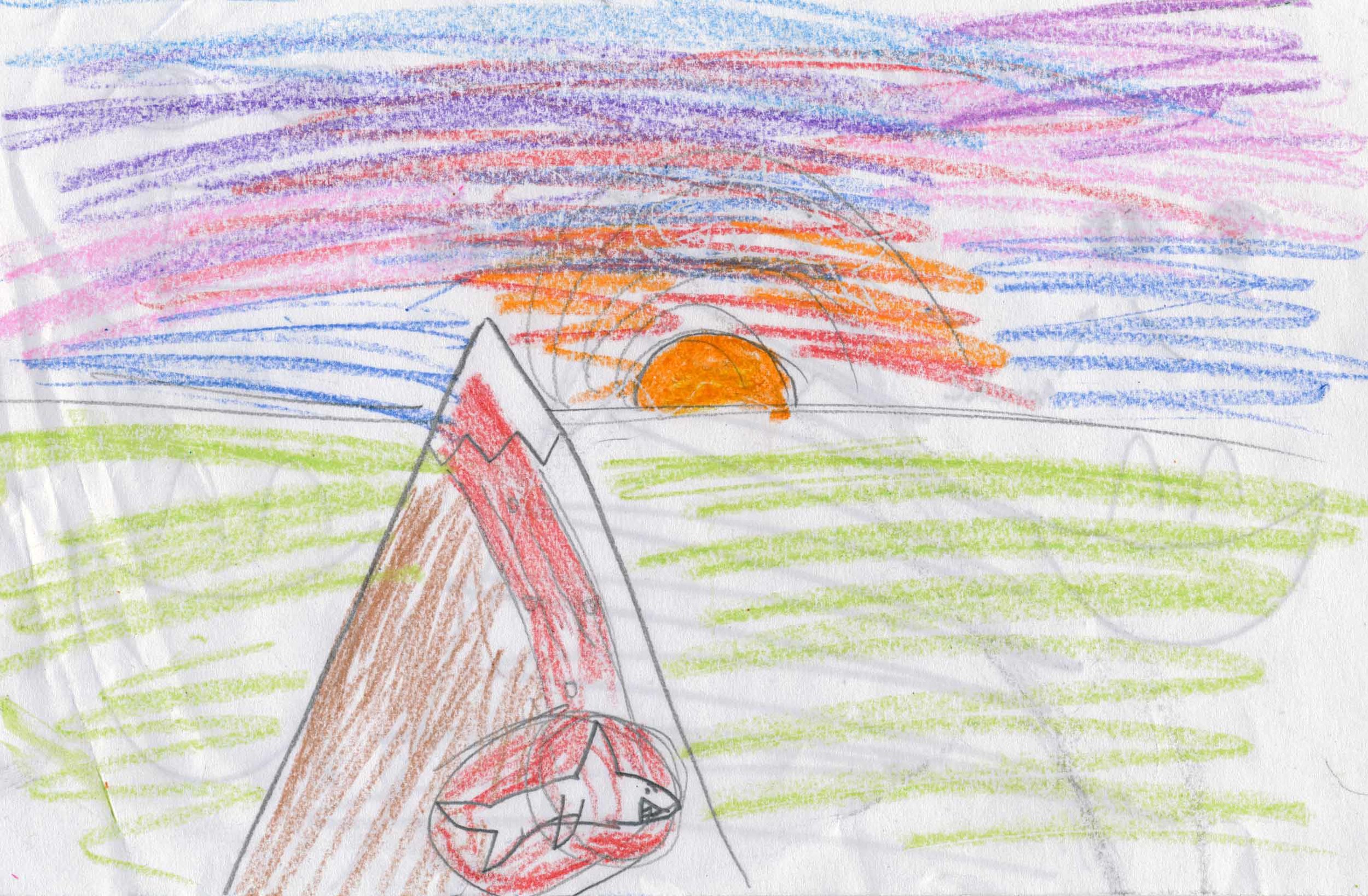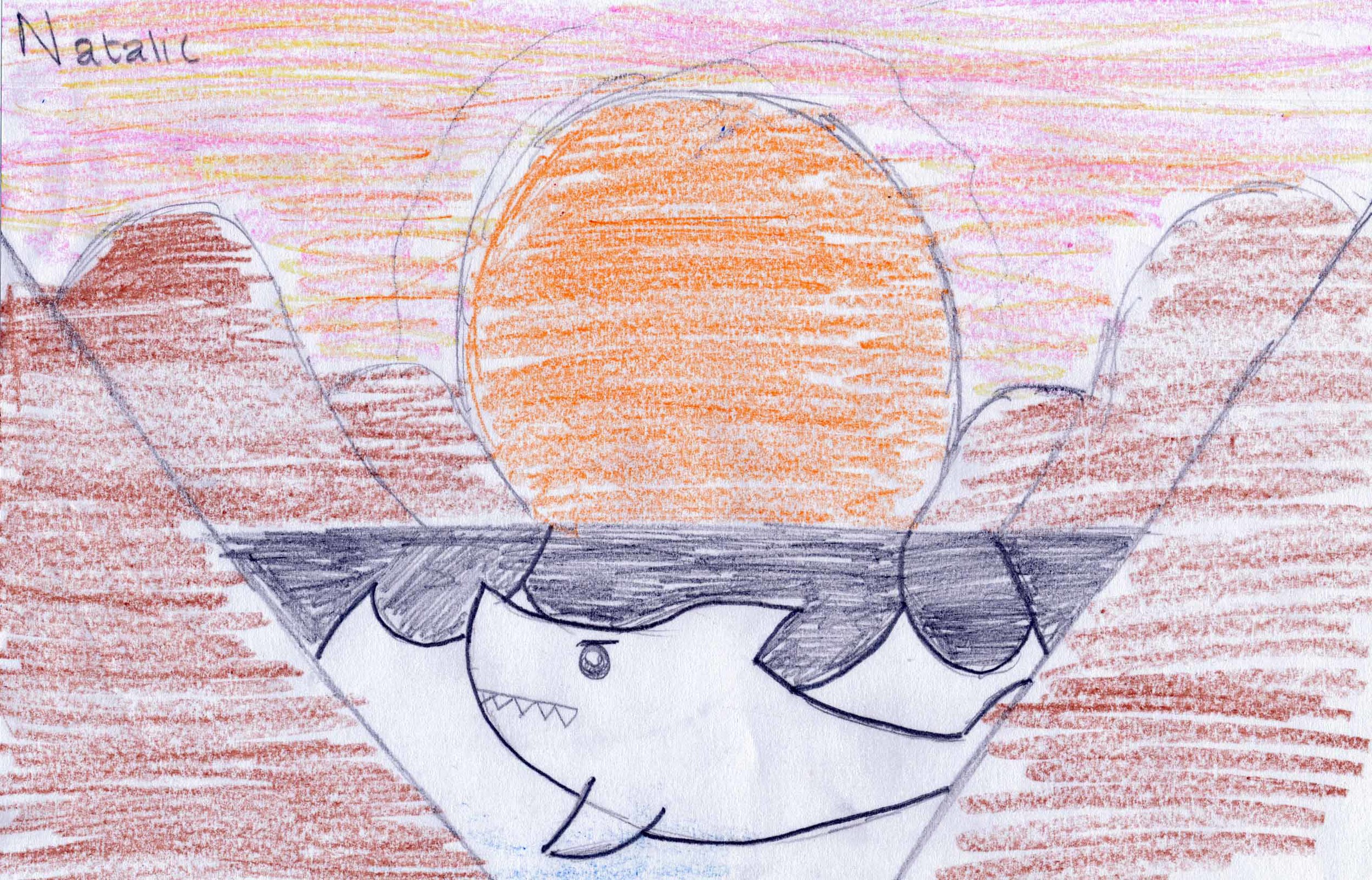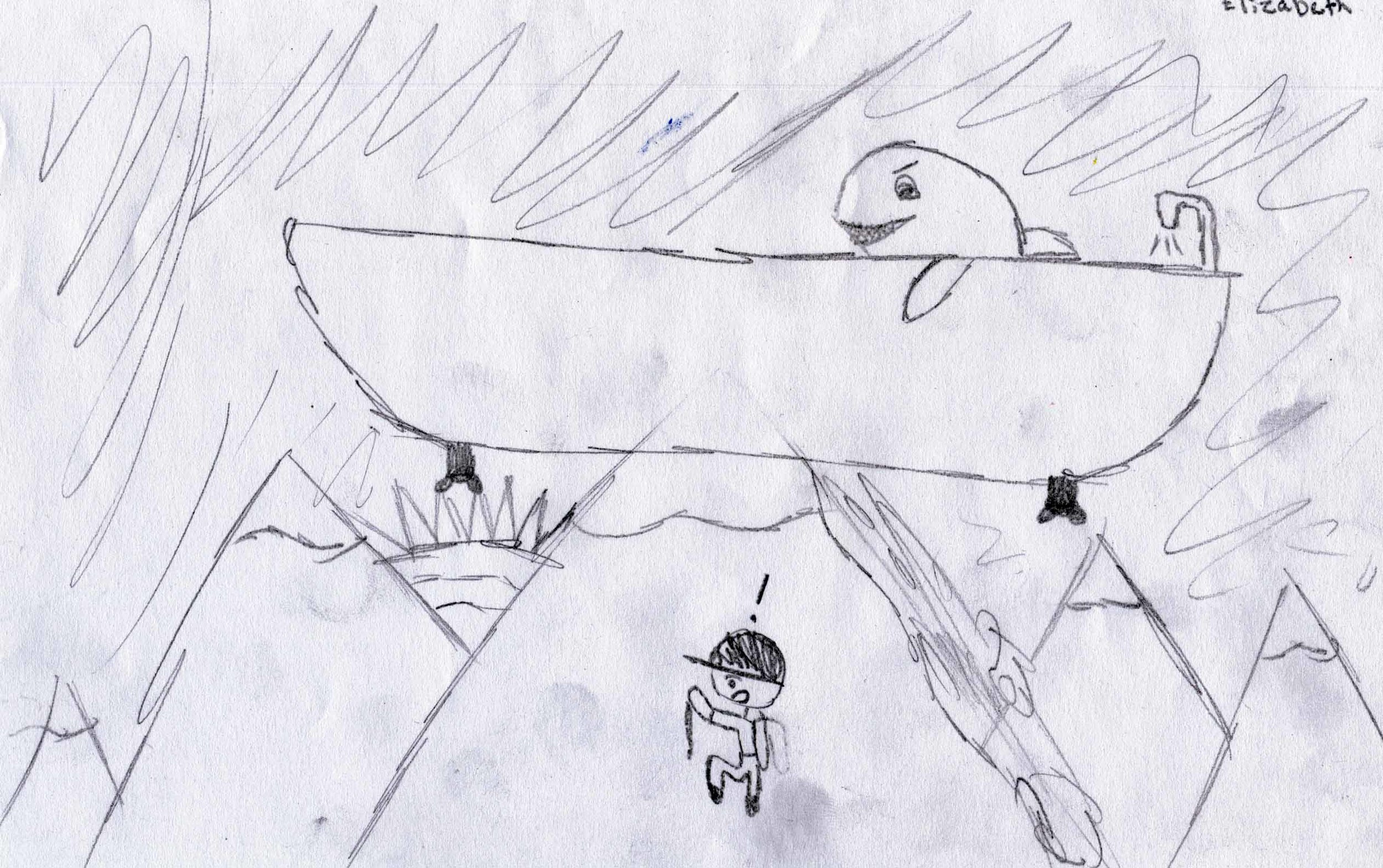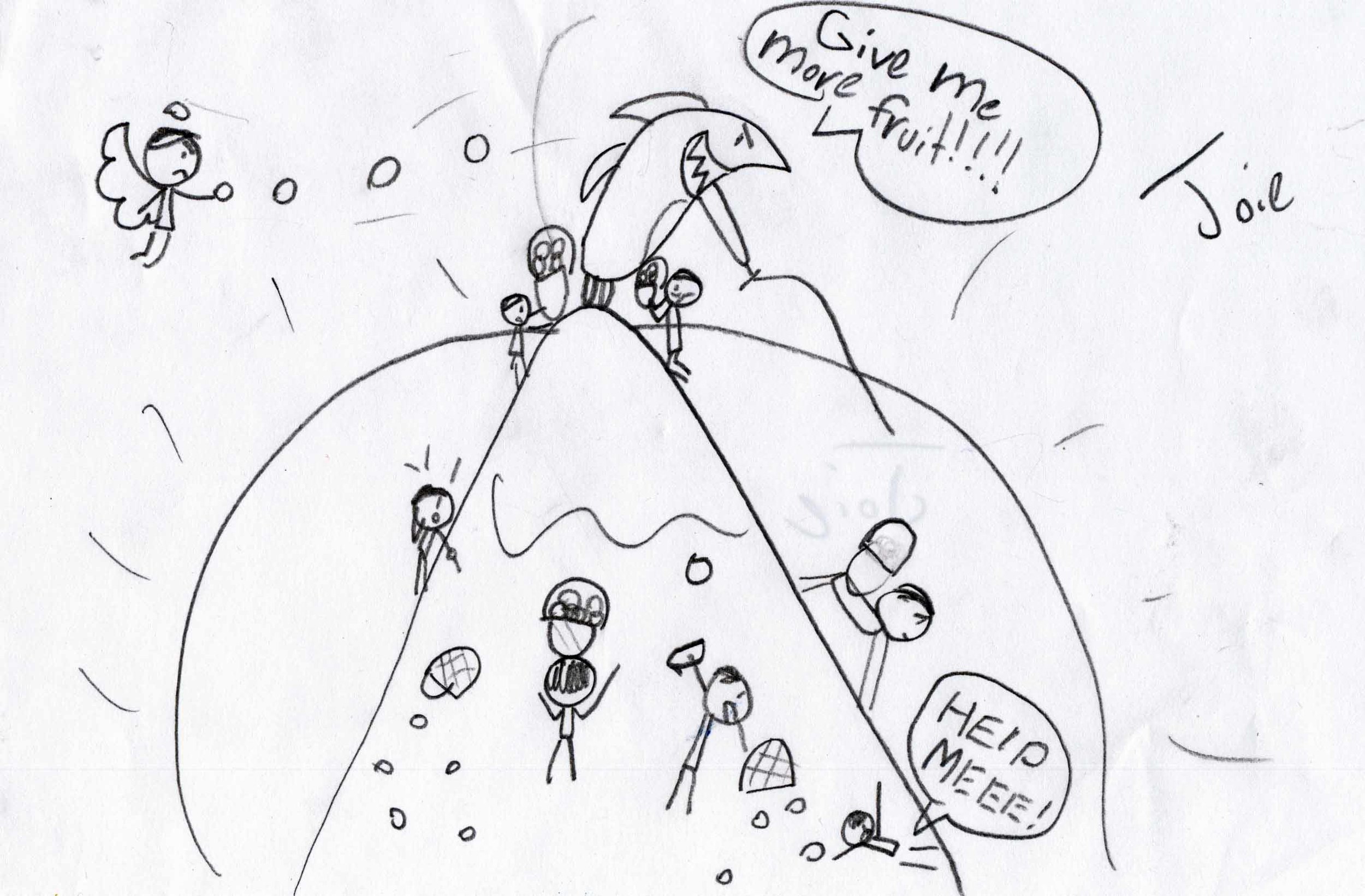Warm Ups
The central daily activity that gives students practice in the art expectations and thinking & drawing skills needed to enter confidently into art making and creating in the art room.
Most days when students first enter the art classroom, they do a warm up. The warm up is generally timed from two to seven minutes in length.
The three most common warm ups students perform in the art room are based on:
- Observation
- Visual Prompts
- Word Prompts
These warm ups are designed to help students learn and practice drawing and observational skills at the same time as they practice the process for generating ideas in art. Warm ups are the first place where students build a body of work, imagery and visual knowledge that they can interact with in increasingly complex ways to create original and expressive works of art.
Observational Warm Ups:
Some of the things students have drawn in the art room: flowers in vases, human manikins, plastic insects & animals, silk leaves & fall leaves, photos of buildings, birds, fish, animals.
What I am hoping students will experience during the observational warm ups:
- laying down a sketch quickly in a focused manner with no talking
- developing the confidence that they over time they will be able to complete a sketch in 2 - 5 minutes at the same time as feeling comfortable knowing that it is OK to not finish--the important thing is to work the entire time
- working with 'mistakes' by drawing over them, turning them into something else or turning their paper over (I stress that no matter how unworkable the mistake, they are not to crumple their paper or throw it away--every so called mistake is an opportunity to learn)
- exposure to an authentic artistic practice of doing timed drawings from a figure or object
- practice drawing what they see
- using crayons instead of pencils so that they are not tempted to erase and for practice in using more than three colors and using color to fill in all shapes and the paper to the edges
During the observational warm ups I also begin talking about how artists use imagination in combination with observational drawing. By the 4th week of still life drawing, students often begin to worry that they have drawn the same still life more than once or that they are bored with the subject matter. I then invite students to begin to change elements of the still life using their imaginations: such as changing the pattern and color on the vase, adding a background (and the background can be anywhere, even on Mars if they choose!), combining flowers from various still lifes around the room or using their imaginations to change the flowers entirely. I tell students that this is how artists stay engaged by and excited about making art for a lifetime--when they get bored, they make changes, they use their own ideas: they use their imaginations!
Visual Prompt Warm Ups
The most common visual prompt warm up I use in the art room are inspired by the books Doodles and Scribbles by Taro Gomi (Chronicle Books.)
Visual Prompt Examples:
Word Prompt Warm Ups
My favorite and a favorite of the students is Story Sticks:
Story Sticks
Story Sticks: Story Sticks are labeled popsicle sticks that have four categories: Character, Condition, Feeling and Setting. I draw one stick from each category to create a prompt for drawings. Some of the words on the sticks are cat, island, sunny, mad, ghost, shark, garden, rainy, worried, car, dinosaur, misty, scared, etc. The prompts can be funny and often put characters in unusual circumstances.
The Story Sticks are meant to provide a starting point for drawing and students are not obligated to stick to the catagories drawn. I encourage them to use their own ideas and that if they have a better idea than the one suggested by the story sticks they should do it!
Below: Story Stick Prompt: Shark, Mountain, Evil, Sunset










